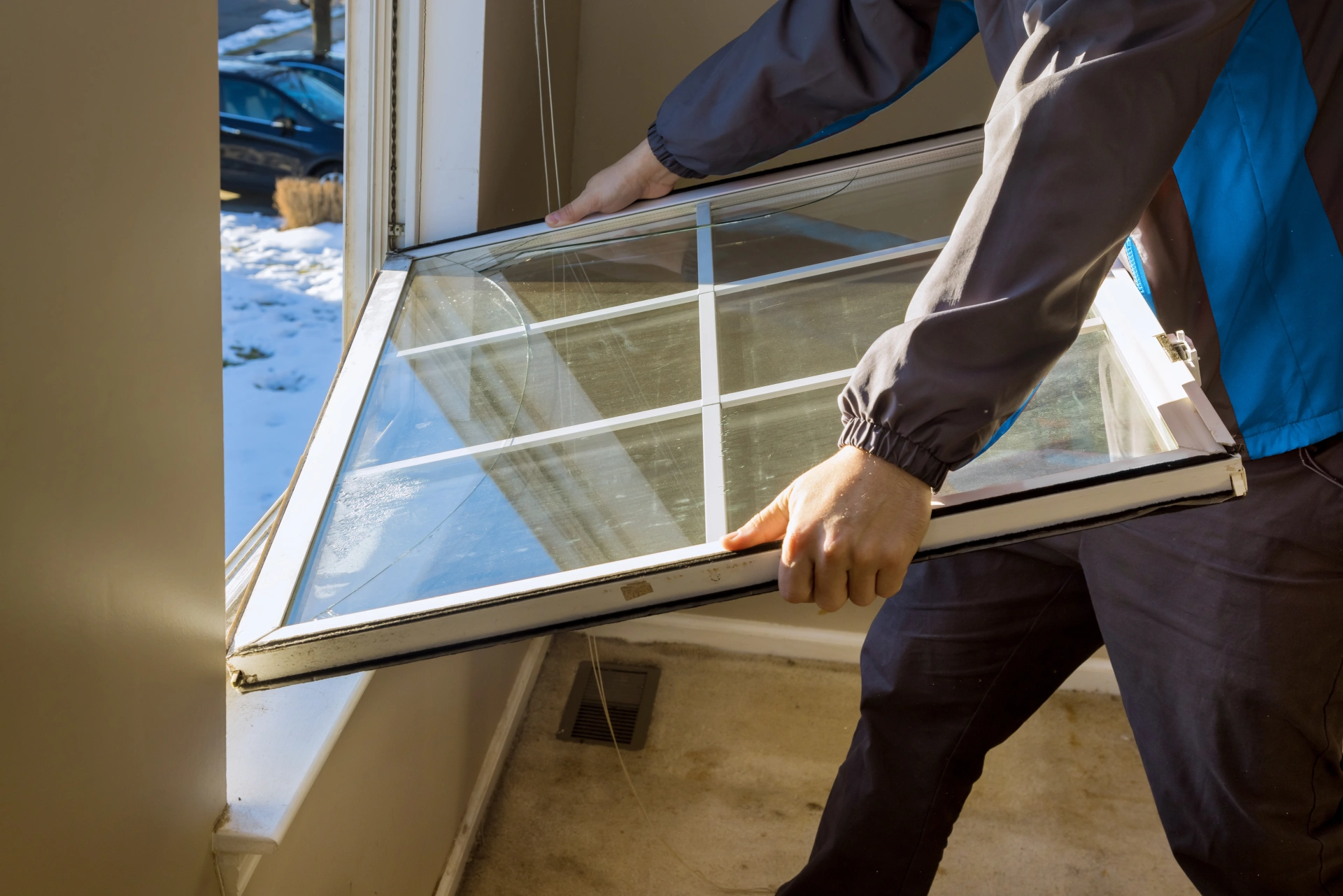When faced with house restumping, do you even know where to start? Does the vast expanse of structural jargon and technicalities overwhelm you? It can certainly seem daunting for anyone not familiar with the nuances of home renovation and building improvement. But, don’t worry. This comprehensive blog post aims to answer all your burning frequently asked questions, provide a handy blueprint, and put your worries to rest. So, let’s dive into this fascinating world of foundation rejuvenation.
House restumping, or “re-blocking” as it’s sometimes known, is the process of replacing old, worn-out, or structurally-compromised stumps, with new, solid ones. This practice is essential to ensure the stability and longevity of your house. Broadly, the focus of this guide will span from understanding what house restumping involves, pinpointing when and why it should be done, to learning how to execute it in the most quality-assured and cost-effective way.
Indeed, house restumping is a significant undertaking, not to be approached half-heartedly or without adequate knowledge and preparation. But with the right approach and the right information, you can navigate this project with confidence and achieve impressive results. Let’s unroll this blueprint to a successful house-restumping project, shall we?

Understanding House Restumping: A Primer
The stumps, often made of timber, concrete, or steel, serve as the backbone of your house, maintaining its structural integrity and stability. They bear the weight of the house, safeguarding it from any earth movement or soil pressure. However, as years roll by, these stumps may deteriorate due to various reasons. This could be natural aging, pest infestation, or water damage.
To ensure safety and uphold the architectural aesthetics, it becomes necessary to replace these ageing and damaged structures with new ones. This process is what we refer to as house restumping. While this seems straightforward enough, it’s worth mentioning that the process can be laborious and risky if not handled with care.
To add another layer, different climates and soil types can affect the life span of your house stumps. Understanding these factors can help you better prepare for a restumping project, and in the long run, can save you time and make the whole process smoother.
Why and When Should You Consider Restumping?
Your house will start sending you hints when it’s time to consider restumping. Signs of rotting or pest-infested stumps include uneven floors, misaligned doors and windows, cracks in walls, or visible stump damage. Actively looking for these signs can prevent minor issues from snowballing into more serious problems.
Understanding why restumping is crucial is straightforward—it directly influences the longevity and safety of your house. But the challenge lies in deciding when to execute it. Every house is different, and what works for one might not work for another. With this uncertainty in mind, consulting a professional restumped or structural engineer is always a good idea when you notice any worrying signs.
Finally, if you are considering significant renovations or extensions to your home, restumping beforehand can ensure a stable, solid base for your intended improvements. This up-front investment can save you from costly and troublesome repairs down the line.
Professionals Vs DIY: Weighing the Pros and Cons
Restumping may appear DIY-friendly at first glance, but when you scratch the surface, you’ll uncover a sea of potential pitfalls. Foundation work is tricky, and even a minor miscalculation can result in costly mistakes or worse, structural damage. On the flip side, hiring a professional can end up being an investment into your peace of mind, and the longevity of your home.
Restumping isn’t just about hard labor; it involves knowledge of local building codes, understanding the house’s structure, having the right equipment, and the time to oversee the entire project. It’s evident, then, why most homeowners opt for professional services – for absolute assurance of safety and quality. Hence, unless you are experienced in these matters, it’s wise to leave the restumping in the hands of a qualified restumper.
This isn’t to downplay the sense of achievement and potential savings a well-executed DIY project can provide. In the end, it boils down to weighing the potential risks against the possible rewards.
Cost Implications and Considerations
House restumping is indeed a significant financial decision that warrants careful deliberation. The cost can fluctuate depending on the size, construction, and age of your home, the number of stumps needed, material selection, and whether it involves fully or partially restumping.
To better prepare your finances, do request detailed quotes from multiple professionally-accredited stumpers. Understand what these quotes encompass — some might include site clean-up costs, permits, and other hidden charges. It’s vital to factor these into your budgeting so that you are not caught off-guard with surprise expenses down the road.
Remember, skimping on quality can prove to be costlier in the long run. Make sure you invest in quality materials and services, to ensure a job well done that will stand the test of time.
Navigating the Legal Landscape
Knowledge of local regulations and building codes is vital. It not only promotes a legal and compliant project but also ensures the increased safety and sustainability of your home. Necessarily, building permits and inspections are unavoidable elements of the restumping process.
Understanding and complying with these rules might seem overwhelming, especially when each local council tends to have its specific guidelines. It is recommended to hire professional services familiar with these rules and ensure that your project meets all stipulated requirements, thus avoiding any potential legal hitches.
Remember, a professionally conducted, legally compliant project not only provides peace of mind but also enhances the value of your home should you decide to sell it in the future.

Conclusion: Laying a Solid Foundation
Embarking on a house restumping project can seem intimidating—the costs, the complex lingo, and the sheer idea of your home being momentarily uprooted. However, with a solid understanding and careful planning, you can navigate the journey smoothly. After all, a sturdy foundation is key to a strong, durable, and safe home. To ensure the best results, it’s essential to get the best house restumping service in your area, as professionals bring expertise and precision to the task.
That said, it’s crucial to weigh the options available to you—consider the nature of the project, your skill-set, budget, and time constraints. Is this a DIY situation, or is a professional contractor better suited to handling it? Remember, cutting corners in foundational matters such as restumping can result in a shaky future—literally and metaphorically. Therefore, allocate a proper budget, invest in quality materials, get the necessary legal sanctions, and do it right—the first time.












Leave a Reply